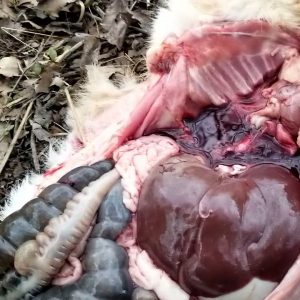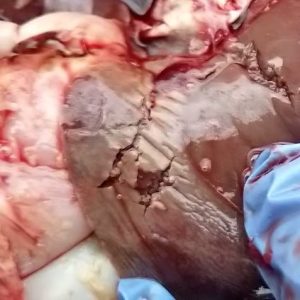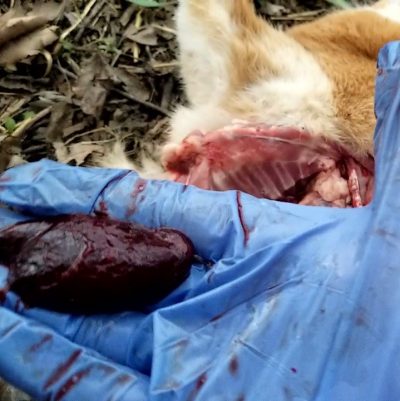How to deal with possible contagions.
It has been a long sad and scary week. I'm going to preface this with all tests came back negative, but I want to record my experience so others know what to do If you suspect there is even the most remote possibility that one of your rabbits may of contracted RHVD2.I live in southern Indiana , and as of yet we have not had an outbreak within 250 miles of our homestead, but due to the nature of this illness every one in the rabbit community has been vigilant. ARBA has several rule to follow on how they are conduction rabbit shows, we have maps an hot spot lists . quarantine and restricted areas . So to review .What is RHVD2?
"Rabbit Hemorrhagic Disease (RHD) is a highly contagious disease caused by a calicivirus. Previous to 2020 it was assumed that the virus only affected rabbits of the Oryctolagus cuniculus species. This includes wild and domestic European rabbits, which our domesticated rabbits are descended from. However, a new variant of the virus is now able to infect North American native rabbits or hares, such as our cottontails, snowshoe hares, or jackrabbits. Based on ongoing outbreaks within the USA the ARBA has the following recommendations. This policy will be constantly monitored and can be modified as needed per USDA guidelines and recommendations." ARBA: RHVD2 and your HerdRHVD originated in China
"The three strains of rabbit hemorrhagic disease virus of medical significance are RHDV, RHDVa and RHDV2. RHDV (also referred to as RHDV, RHDV1, or as classical RHD) only affects adult European rabbits (Oryctolagus cuniculus). This virus was first reported in China in 1984,[9] from which it spread to much of Asia, Europe, Australia, and elsewhere.[10] A few isolated outbreaks of RHDV have occurred in the United States and Mexico, but they remained localized and were eradicated." https://en.wikipedia.org/wiki/Rabbit_hemorrhagic_diseaseHow it Presents
"In peracute cases, rabbits are usually found dead with no premonitory symptoms.[12] Rabbits may be observed grazing normally immediately before death.[10] In acute cases, rabbits are inactive and reluctant to move. They may develop a fever up to 42 °C (107.6 °F) and have increased heart and respiratory rates. Bloody discharge from the nose, mouth, or vulva is common, as is blood in the feces or urine. Lateral recumbency, coma, and convulsions may be observed before death.[10] Rabbits with the acute form generally die within 12 to 36 hours from the onset of fever.[12] Subacute to chronic RHD has a more protracted clinical course, and is more commonly noted with RHDV2 infections. Clinical signs include lethargy, anorexia, weight loss, and jaundice. Gastrointestinal dilation, cardiac arrhythmias, heart murmurs, and neurologic abnormalities can also occur.[6] Death, if it occurs, usually happens 1–2 weeks after the onset of symptoms, and is due to liver failure.[12] Not all rabbits exposed to RHDVa or RHDV2 become overtly ill. A small proportion of infected rabbits clears the virus without developing signs of disease.[10] Asymptomatic carriers also occur, and can continue to shed virus for months, thereby infecting other animals. Surviving rabbits develop a strong immunity to the specific viral variant with which they were infected.[6]" https://en.wikipedia.org/wiki/Rabbit_hemorrhagic_disease After reading the Above let me tell you a little about our case, Ritz was alive and well Sunday Afternoon around 4 PM, I had been away on a trip and our Farmhand was watching our animals. He had just checked in on her and the 9 babies she was mothering. I arrived home at 6:30 PM and when we walked out to check the rabbits, Ritz was found Prone , on her back, dead with Riggor already setting in. Time of Death can be assumed to be around 5:30PM . All my other rabbis were fine.

What should you do If you suspect RHVD is even a remote possibility?
Call the State vet . FAQ American Rabbit Breeders Association North Americans RHDV2 Group Rabbit Hemorrhagic Disease News Networkyou can check with your local Agricultural Extension or APHIS in your state .

